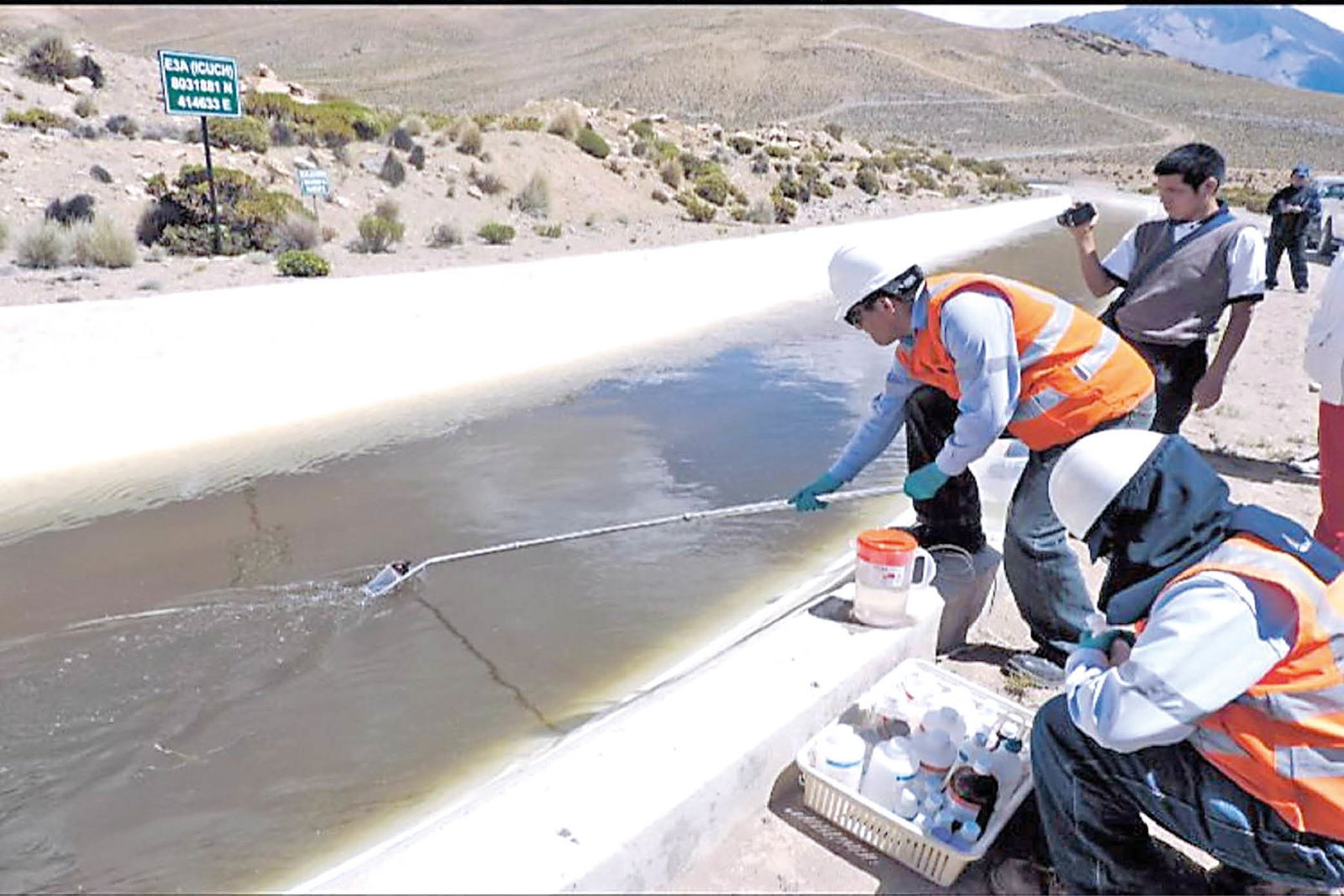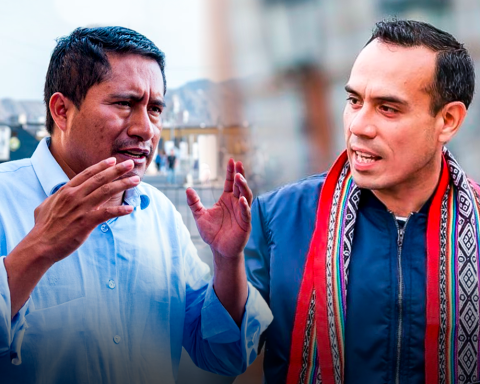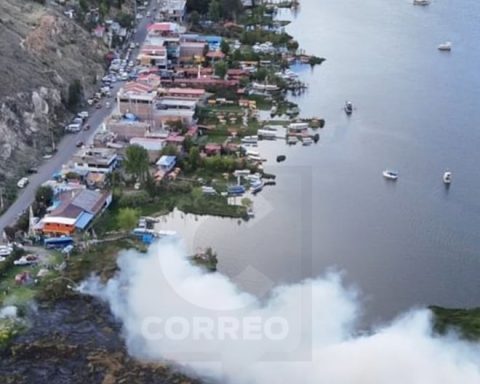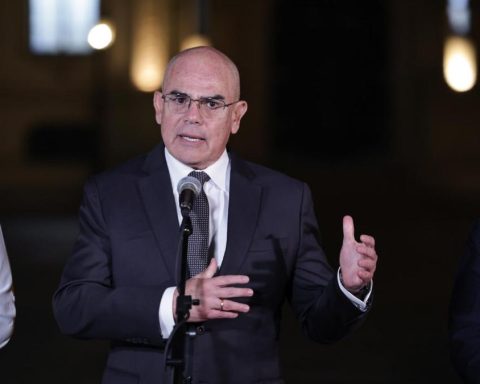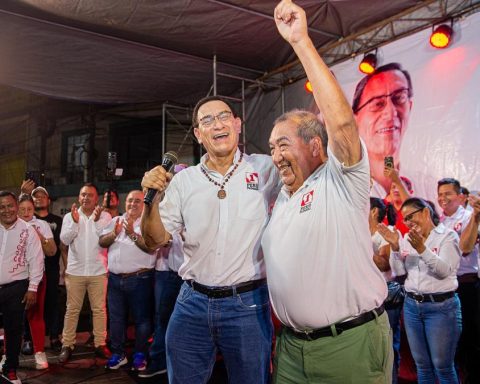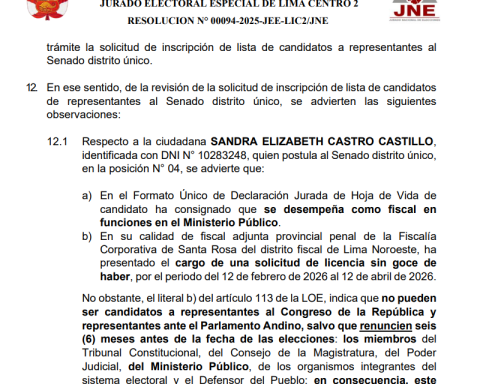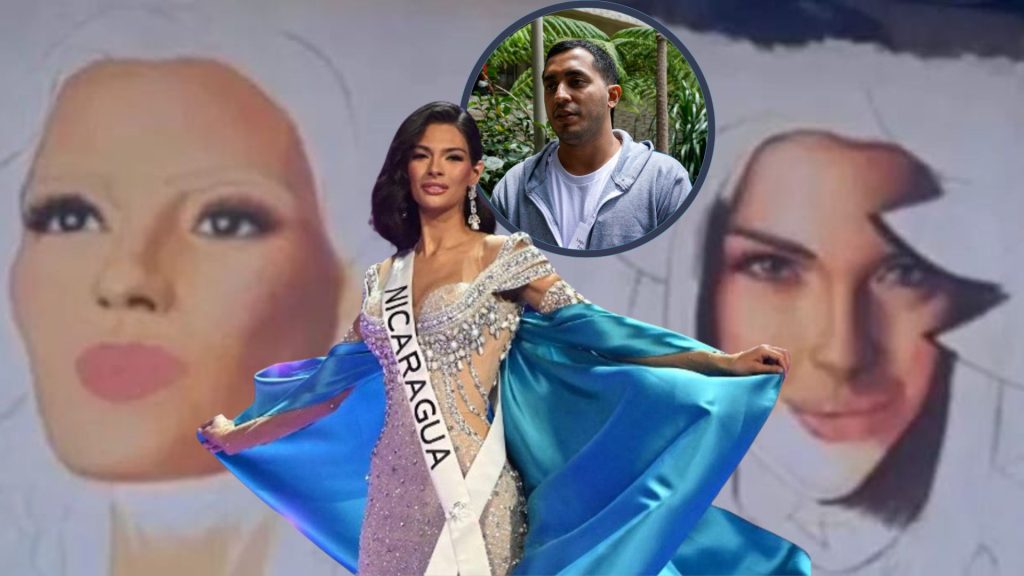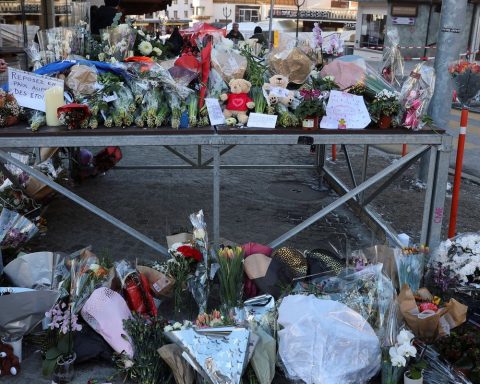By: Gustavo Perochena, economist and water specialist
It is not difficult to imagine that in the near future a drought could affect the availability of water in Lima. In fact, it is among the possible scenarios1 and, in that situation, “it is plausible to think that the source of underground water will be restricted for industrial use in favor of population use”2, which will affect industrial manufacturing production, highly dependent on the water from the Lima subsoil: more than 80% of the water it uses is extracted from the subsoil. However, even if a drought does not occur, it is of interest to promote a strategy of efficient use of water by the industry to avoid the overexploitation of the aquifers of the Rímac, Chillón and Lurín rivers. Do we know if the industrial sector rationally consumes the water it extracts? Do we know if it is possible to optimize its use of water? waterIt is in the public and trade union interest that the National Society of Industries (SNI) is working on a strategy for the sustainable consumption of the water it uses. But how can the industry know how much it should optimize its consumption of groundwater? To this end, the Government and the SNI can learn from other countries.
First, each industrial subsector must establish its own water use standard in each process and product. This is something that the SNI could do with a specific project, supported by external technical assistance, and then ask each company to measure itself against the standard of its activity, that is, to compare itself, or what is known as benchmarking. Let us take as an example the food subsector, which consumes more than 11 million cubic meters of water per year and is highly dependent on groundwater (90% of the water it uses is from this source)3. In this subsector, water is used, among other things, for cleaning equipment, washing, processing, product input, mixing, steam generation, sterilization, freezing, hygiene, etc. A study was conducted in Great Britain to establish how a typical company in the food subsector uses the water it extracts, and it was found that the greatest water consumption occurs in the production processes (31%) and then goes to the product (14%), to losses (14%), to kettles (14%), etc.4 Establishing these proportions is the first step in finding out the standard in each subprocess.
Secondly, each company in each subsector should work on a plan for the holistic use of water. There is a guide5 for this purpose that proposes 7 steps:
1. Seek management commitment and leadership, in writing, to achieve efficient and sustainable water use.
2. Appoint or identify a water manager within the company to seek efficiencies, manage budgets, lead initiatives to achieve savings, etc.
3. Understand how water and energy are managed in the company (actually, in each location of the company), that is, determine where, how and when water is used in the cycle of each product, conduct a water audit, inventory the equipment to know how much water each one uses, and identify the additional water costs, including chemical and energy treatment costs.
4. Identify opportunities to improve efficient water use.
5. Set a realistic savings goal over time, comparing yourself with the benchmarking of your subsector.
6. Develop a water-efficient strategy that avoids water use where possible (through preventive maintenance, reviewing internal cleaning practices, repairing leaks in a timely manner, etc.); reduces use where possible (for example, by installing equipment).
7. Finally, involve your employees and customers in the behavioural change. Communicate your strategy, objectives, goals and how you plan to implement it, making them active participants.
Thirdly, the government (the National Water Authority, ANA) should create a Water Rating or Classifier and establish a mechanism for public recognition of the efficiency score given to companies for their water use by an external audit.
The score can be expressed in a seal, and the more stars on the seal, the more efficient the company is in its use of water. And, if a company improves its score, this should give it benefits such as paying lower fees for water use and wastewater discharge that it pays to ANA. This score should be displayed not only inside the company, but also on the external facade of each location that has been audited and verified by ANA.
If the food industry as a whole were to implement a plan to conserve water and save, for example, 5% of the m3 it consumes, this would represent a saving of 3 million m3 and a direct annual financial saving of approximately S/100,000 due to lower water bills. To this amount must be added the energy savings that are indirectly associated with this. If the direct and indirect savings of all the industry subsectors (food, beverages, textiles, chemical products, etc.) that consume approximately 60 million cubic meters were added, the investment of the association (SNI) to establish the benchmarking project in the industry by subsector would be more than compensated in financial terms and in terms of well-being for society. For example, the 3 million m3 of savings is equivalent to providing water in one year to 15,900 households of 3.5 inhabitants each, where each of its members consumes up to 150 liters of water per day to cover all their needs.
In short, it is time for the industrial sector of Lima, as the main consumer of groundwater, and the ANA, to generate an initiative to optimize the use of water given the current scenario of water stress and possible drought in the future. The demonstrative effect that this initiative can have on other economic sectors can make the difference in the future between having enough water for production and for human consumption simultaneously.
1 Sedapal predicts that in a drought scenario in Lima it will not be able to provide water for more than 2 years. See OECD (2021), Water Governance in Peru, OECD Studies on Water, OECD Publishing, Paris, / https://doi.org/10.1787/568847b5-en.2 Study of Water Risks and Vulnerability of the private sector in Metropolitan Lima and Callao in a context of Climate Change, AQUAFONDO, 2016, p.36. / 3 AQUAFONDO, 2016, p.37 / 4 Benchmarking Water Use in the UK Food and Drink Sector: Case Study of Three Water-Intensive Dairy Products, Ikenna Ajiero1 & David Campbell, Water Conservation Science Engineering (2018) 3:1-17 / 5 The seven-point plan for holistic water management (Sydney Water).
